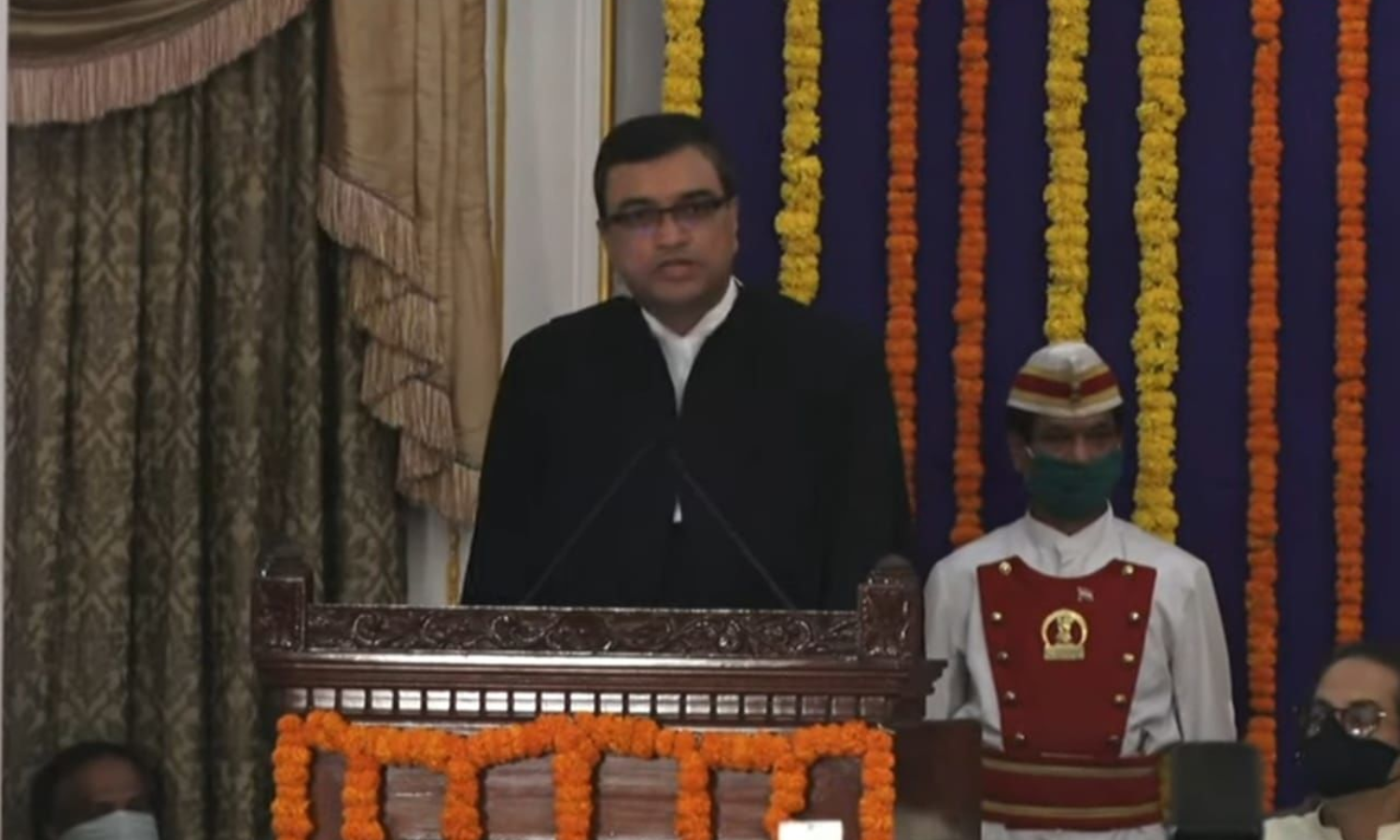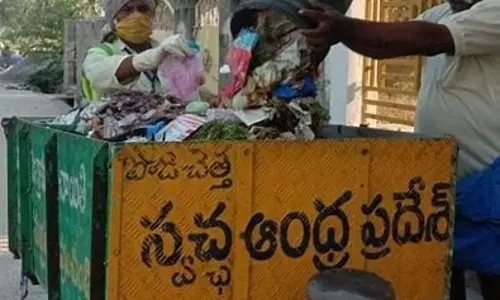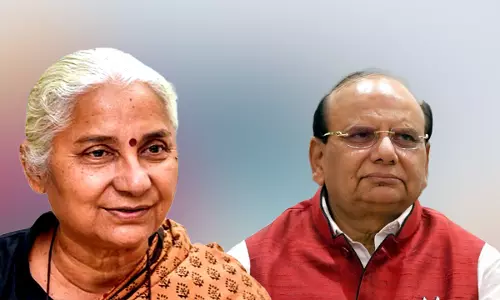Slum Rehabilitation Laws Being Misused To Further Interests Of "Haves"; Vicious Nexus : Bombay High Court CJ

Chief Justice Dipankar Datta of the Bombay High Court, in a three page separately penned portion of the judgement in a suo motu PIL, has expressed concerns about a "vicious nexus" of builders and bureaucrats misusing the slum rehabilitation laws.In his judgement,CJ Dutta has invoked Alice in Wonderland, a famous song from a 1956 Hindi movie, and the falling moral values of public officers...
Chief Justice Dipankar Datta of the Bombay High Court, in a three page separately penned portion of the judgement in a suo motu PIL, has expressed concerns about a "vicious nexus" of builders and bureaucrats misusing the slum rehabilitation laws.
In his judgement,CJ Dutta has invoked Alice in Wonderland, a famous song from a 1956 Hindi movie, and the falling moral values of public officers and "high profile personalities" with an expectation that "the civil, as well as the municipal administration, would implement the directions contained in the judgment."
The portion opens with a reference to "curiouser and curiouser" from Alice in Wonderland to say that she would have probably uttered the same words if she had to come to the city of Mumbai in seeing the stark "urban inequalities resulting from the exceedingly sharp contrast between the wealthy and the poor, the opulent and the frugal."
The Chief Justice, highlighting the stark difference in the lifestyle of "haves" and "have not" residents of the city says that enacting laws to further the interests of the weaker sections of the society was the obligation of every State in terms of Part IV of the Constitution and any move in that behalf ought to and must be welcomed. He, however, indicates that even that law (probably a reference to the Slum Rehabilitation Scheme) had been used to further the interests of the "haves."
The landmark judgement on illegal constructions stated that people living in slums do equally have a right of decent living conditions, which can be ensured by relocating them with proper housing facilities, says,
"However, a vicious nexus involving high profile personalities, bureaucrats, builders and slum lords have created a situation where public property is first encroached without resistance being provided by the law enforcing agency, followed by a declaration of slum gradually progressing to redevelopment by builders ostensibly for slum dwellers but really to further the interests of the "haves"."
The Chief Justice further observed that in the garb of legislation,
"In a novel manner, a fraction of the population including holders of public offices have continued to prosper by achieving their goals through impure means which are nothing short of betrayal of the trust that the people of this region have reposed in those responsible for an able governance."
It says that it was the need of the hour to make housing projects a reality more effectively and with empathy, "what has been laid bare is the apathy and indifference to cater to the needs of the hapless coupled with a complete lack of sensitivity. The reasons are not far to seek.
"No wonder, the casualty is the compassionate Constitution of ours."
Erstwhile Bombay, now Mumbai, is home to people coming from across the country in search of livelihood. The migration has not only added to the dense population making Mumbai the most populous Indian city, but it has also immensely burdened the housing sector so much so that 41.3% of the population live in slums, the Chief observed.
"Any one taking an aerial view of Mumbai, also called the city of dreams, would be fascinated by the swanky sky-scrapers but disheartened by the structures at the foot of such sky-scrapers covered mostly by blue tarpaulin covers. These are the densely populated single storey or double storied slums accommodating almost a half of the population, which co-exist as neighbours with real estate developments of extravagance."
The Chief justice said he felt like a 'curiouser, curiouser' as the hearing of the matter progressed. And he concurred with the "well-crafted judgment of brother Justice (GS) Kulkarni."
The directions in the judgement, ought to arouse the feelings of the civil as well as the municipal administration to take ameliorative measures to prevent recurring incidents of building collapses leading to untimely and unnecessary deaths, the Chief added.
"We part with the hope and trust that the respondents, remaining alive to the duty cast upon them by law, would not precipitate any further cause of action and thereby necessitate the intervention of this Court with more stringent directions."
Case Title: High Court on its own motion (in the matter of Jilani Building at Bhiwandi) vs Bhiwandi Nizampur Municipal Corporation & Others
Citation: 2022 LiveLaw (Bom) 53




